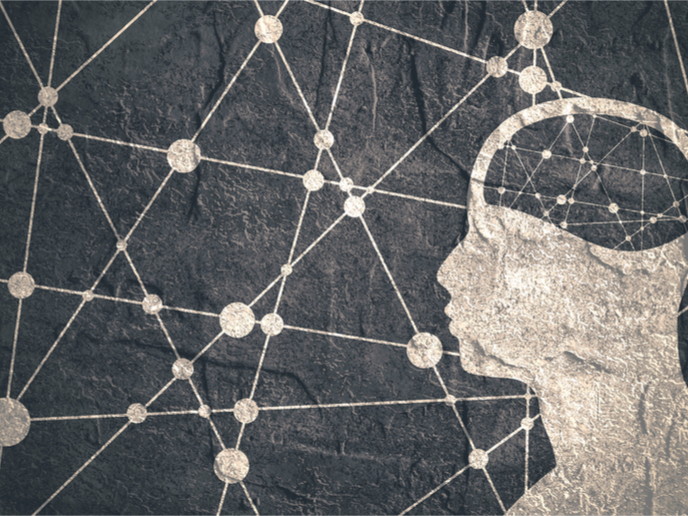Neuroimaging that helps us fix our brains
The BRAINTRAIN (Integrative neuroscience school on brain function and disease) concept is built around that of neurofeedback training: patients can follow their brain’s activity on a screen, test specific strategies to regulate it, and see the results for themselves. Professor David Linden, project coordinator and Head of Cardiff University’s neuropsychiatric imaging group, believes that this solution could help patients affected with the likes of alcohol dependency, autism, post-traumatic stress disorder or even Parkinson’s disease. What makes you think that neuroimaging can be a key weapon in the fight against mental disorders? Neuroimaging and non-invasive neurophysiology – electroencephalography, magnetoencephalography, etc. – are presently the only techniques allowing us access to the function of the human brain in vivo. It is therefore a unique window into the human mind. This window can be used to improve our understanding of the neural mechanisms behind psychiatric symptoms, for example hallucinations or drug craving, as well as to evaluate the neural effects of (psychological or pharmacological) therapies. Finally, and most importantly in the context of BRAINTRAIN, they can be used for new treatment methods, especially neurofeedback. What would you say makes such use of neuroimaging innovative? BRAINTRAIN brings together leading experts in real-time fMRI – a functional imaging technique that allows for tracking the activity of specific brain regions and networks at high (millimetre) spatial resolution and temporal resolution in the second range. Prof. Nikolaus Weiskopf from the Max Planck Institute of Cognitive Neuroscience in Leipzig is an expert in ultrafast MRI, while Prof. Rainer Goebel from Braininnovation is an expert in real-time MRI data analysis. By combining these methods, we can acquire and analyse fMRI data in the sub-second range and display the signal back to the participant, which is the basis of self-regulation training. The idea is that patients can use these signals, following specific protocols, to change their brain activity, which in turn can have a positive impact on their mental health. This would be the first therapeutic application of neuroimaging. Can you tell us more about the process involved in the treatment of a patient? Patients are in the MRI scanner and receive feedback about their brain activity through the projection of a computer screen (it could also be auditory feedback). This computer screen could just visualise the height of activation with a thermometer or similar display, or the feedback could be provided through the change of a disease-relevant stimulus or scene, for example a food or alcohol cue as in a BRAINTRAIN study we’ve done on food craving. Participants/patients are then requested to change the brain activity in a desired direction (e.g. up- or downregulate it), and they will see whether they are successful from the changes in the stimulus, which could see for instance the food picture become smaller. Learning can occur in a trial-and-error procedure, but many studies also provide some suggestions for potential strategies. What kind of impact do you expect on patients? A recent study from Cardiff showed substantial improvement in symptoms of depression among patients who trained in the upregulation of areas responsive to positive affective stimuli – and also in a control group training in the upregulation of a visual area. Another study by our partners at the University of Coimbra tested the feasibility of a social attention training programme for patients with autism, using real-time processing and feedback of EEG signals to track patients’ attention. This protocol trained social interaction in several contexts that are relevant to the everyday functioning of patients with autism, such as ordering a drink in a bar or talking to a teacher. Although the training programme did not produce attention improvements, it led to improvements in several clinical secondary outcome measures, especially in the domain of depression. Can you provide other examples of disorders that could be alleviated with this method? In addition to the examples above (depression and autism), we are looking at post-traumatic stress disorder, alcohol dependence and childhood anxiety. In other projects, we have also piloted neurofeedback for neurorehabilitation (Parkinson’s disease). How do you plan to bring this to patients? Because of the non-invasive nature of neurofeedback, there are few obstacles to bringing this technique to patients once efficacy has been demonstrated. Of course, the availability and cost of MRI facilities constitute a constraint, but most of the protocols that we test only use a small number of sessions (1-6), which keeps costs at a reasonable level. What has been the feedback from practitioners so far? Practitioners were grateful for the opportunity to mention our trials to their patients. There is generally a dearth of clinical trials in psychiatry, and most patients are keen to explore new non-invasive treatment avenues, especially for disorders that are otherwise difficult to treat (e.g. alcohol dependence or autism). Because neurofeedback involves very active collaboration of the patients who have to develop their own personalised strategies for successful self-regulation, it leads to an active learning process, and practitioners told us that they would be interested in sharing this with their patients and receiving more information about the strategies that they used. We are currently thinking about ways of capturing these strategies and incorporating them into the therapeutic process.
Countries
United Kingdom



